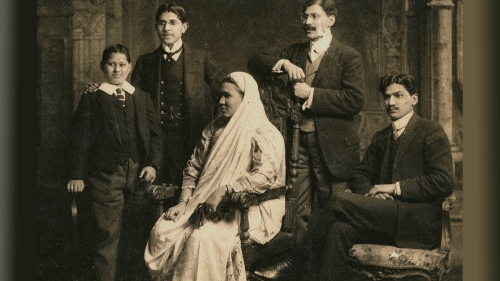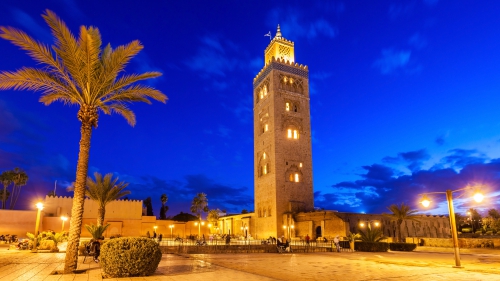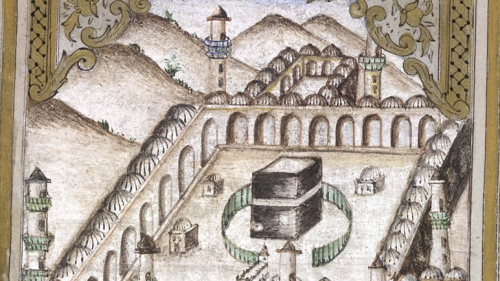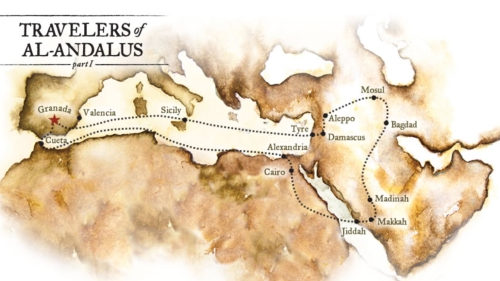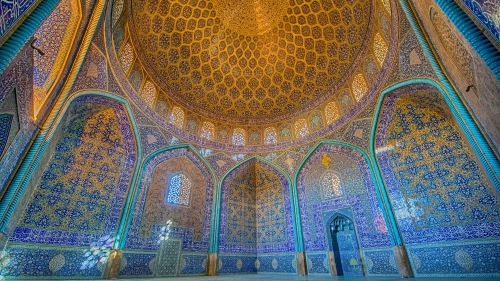Khiva: A UNESCO World Heritage Site
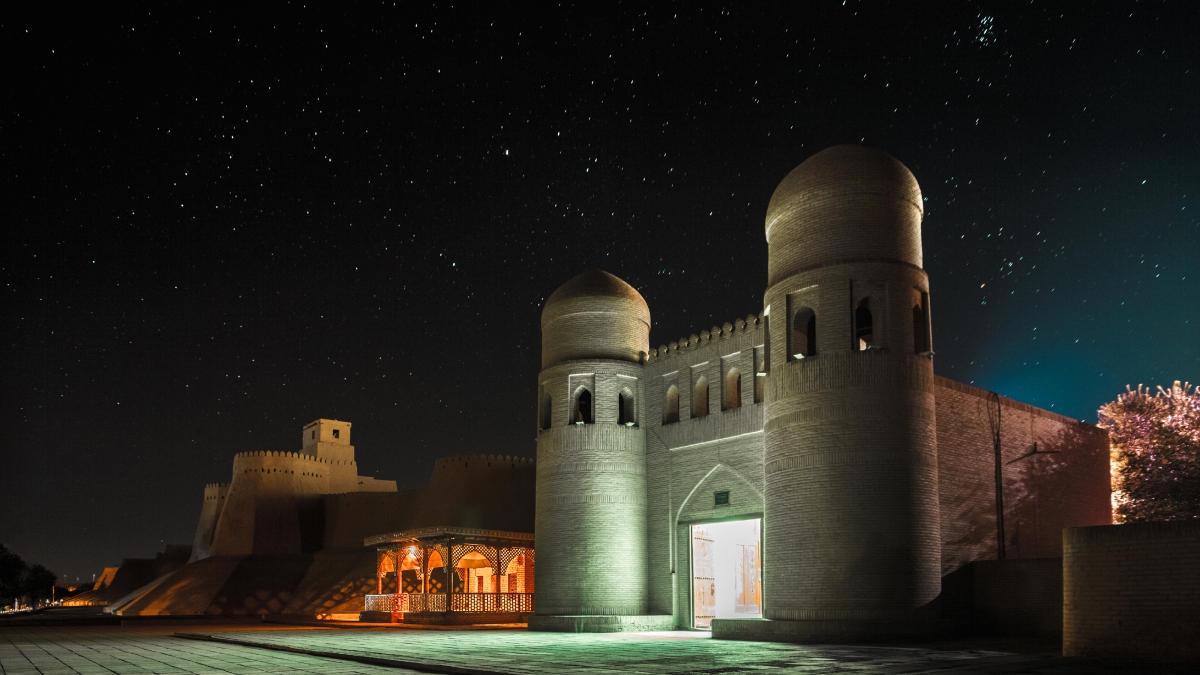
Khiva (Uzbek: Xiva, Хива; Russian: Хива) is a town in the western province of Khorezm in the Republic of Uzbekistan.
Along with Samarkand and Bukhara, Khiva is an important and often overlooked historical site on what was once the Great Silk Road. It's difficult to imagine what exactly ancient Khiva was like, considering the historical areas were restored to a scrubbed and squeaky-clean look by the Soviets in the 1970s. However, the clustered array of mosques, madrassahs and tiled minarets within a area of less than 3km provides a sense of how crowded and bustling this town must have been throughout its history.
Khiva is divided into two distinct sections; one being the older, museum-like Ichon-Qala or Itchan Kala (literally: within the wall) where striking examples of Islamic architecture were built over the span of 600 years; and the modern Dichon-Qala (literally: outside the wall) where both the majority of the population live and where all of the modern buildings exist, but glimpses of Khiva's greatness as a center of Islamic power still linger. Today, the entire city is home to about 40,000 people. It's a quick 35km from the regional capital of Urgench and a mere 5km from the border of Turkmenistan.
According to legend, Khiva was founded about 2,500 years ago when a son of Noah, Shem, discovered a well in the middle of the desert exclaimed "Khi-wa!" (which locals will take delight in roughly translating as "sweet water"). For the next 1 000 years or so, the area was inhabited by settlements that used the nearby Amu-Darya river to irrigate agriculture. According to the archaeologists Khiva was founded in the 5th or 6th century.
As Islam spread to the area, the first major structures were built near Shem's well, and it became known as a small trading post on the Silk Road. First written sources date from the 10th century. The Arab traveler Al Istachri mentions Khiva in his enumeration of the most important settlements in Chorezm.
The Arab geographer Ibn Battuta visited Khiva in the 14th century. He praised the emir who was untiringly taking care of law and order and reported that the city was so full of people that it was almost impossible to find one's way in the crowd.
It wasn't until the 16th century when Khiva was made capital of an Islamic Khanate (starting a bitter rivalry with another Khan 460 km down the Silk Road in Bukhara), that the majority of Khiva's immense architectural projects began and the town established itself as a center of power in the region.
Locals will say (sometimes in hushed tones) that if Khiva didn't have a rivalry with nearby Bukhara, it would not be the significant site that it is today. In the 19th century a strong central power was created and taxes and money were introduced.
Khiva with its 94 mosques and 63 madrassahs is considered an important center of Islam. Because of this significance, Khiva was recognized as a World Heritage Site by UNESCO in 1990.
( Adapted from "Khiva" by Wikitravel under CC-by-SA 3.0 )
Topics: Ibn Battuta, Islamic Art And Architecture, Silk Road, Travel, Uzbekistan
Views: 5216
Related Suggestions









